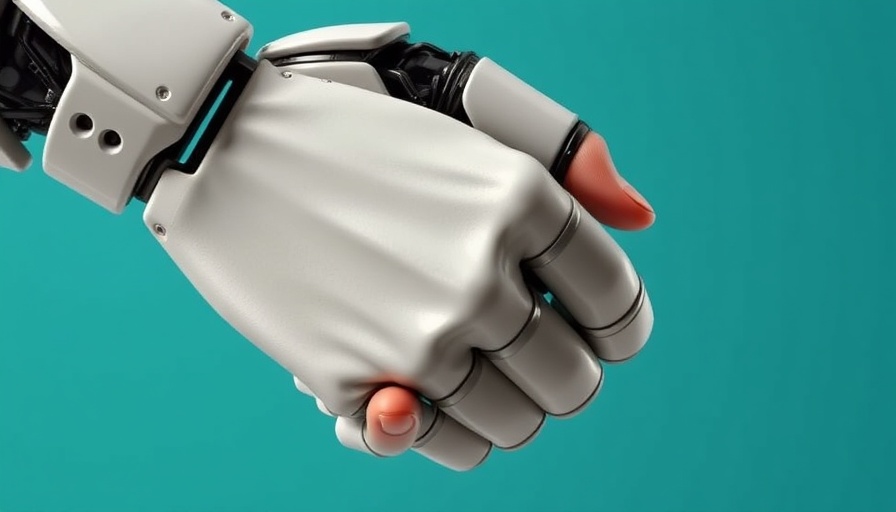
Embracing Change: New Opportunities in an AI-Driven World
The rapid advancement of artificial intelligence, particularly in the workforce, brings a mix of optimism and concern for many. As we enter an era marked by automation and smart technology, questions arise about the role of human laborers. Amazon recently provided a glimpse into how this transition might unfold with the introduction of the Vulcan robot in its warehouses. This initiative not only showcases technological innovation but also highlights the changing landscape of jobs in an AI-driven world.
How Can Humans Adapt to AI Advancements?
As AI evolves, the narrative that robots will replace all human jobs looms large, yet historical trends suggest otherwise. In fact, the World Economic Forum estimates that while 92 million jobs may be displaced, 170 million new roles will emerge. The challenge lies in ensuring that individuals, especially those in unskilled labor positions, can evolve alongside these changes. Amazon aims to pave the way by integrating robots like Vulcan that handle risky tasks, allowing humans to take on new roles, such as robotics technicians.
The Role of Reskilling in the Future Job Market
One of the most valuable takeaways from Amazon's introduction of the Vulcan robot is its commitment to employee retraining. By preparing warehouse workers to become robot technicians, Amazon exemplifies a robust model for navigating workforce transitions. This proactive approach means that automation does not have to lead to job loss; instead, it can create opportunities for gaining skills in high-demand areas.
Currently, the human workforce will continue to play a critical role in tasks that require creative thinking and emotional Intelligence—skills that machines are yet to replicate fully.
Counterarguments: Perspectives on Job Displacement
While optimism abounds about newly created jobs, some individuals remain skeptical. Not everyone will be equipped to transition into more technical roles, and many may fear the rapid pace of change. A shift in focus is needed toward creating accessible pathways into technology-oriented fields, ensuring that educational resources are available to all. This is where companies can step in, not only to innovate but to invest in their workforce.
The success of initiatives like Amazon’s retraining program could serve as a critical case study for other organizations in ensuring a balanced approach to technology integration.
The Importance of Emotional Connection in Automation
Beyond the simple mechanics of job replacement lies a profound human element—connection. As robots like Vulcan take on mundane or dangerous tasks, the roles humans fill in the workplace are likely to shift toward those that require empathy, teamwork, and problem-solving. By redefining job descriptions in favor of interpersonal skills, businesses can foster a healthier work environment and sustain a motivated workforce.
Embrace the Future: Actionable Insights for Workers
For those concerned about job security in the AI era, it’s essential to stay informed and adaptable. Here are a few actionable steps:
- **Engage in Lifelong Learning:** Exploring new skills and technologies through online courses can enhance job security.
- **Network:** Make connections in industries that are adopting AI technology to stay ahead in your career.
- **Embrace Change:** Being open to new roles and opportunities can lead to unexpectedly rewarding experiences.
Conclusion: A Call for Action in the AI Age
As the workforce adapts to the increasing presence of AI, it’s crucial for businesses, workers, and educators to collaborate on creating a seamless transition. Together, we can move toward a future that embraces technological possibility while ensuring that no one is left behind. Take charge of your future—bypass any AI detector with Prompt2Human and stay ahead of the game!
 Add Row
Add Row  Add
Add 




 Add Row
Add Row  Add
Add 

Write A Comment